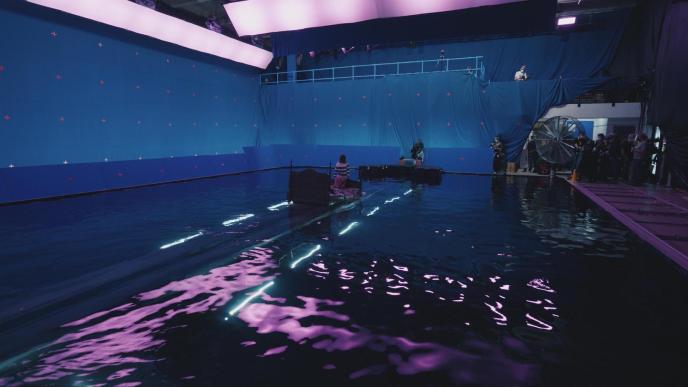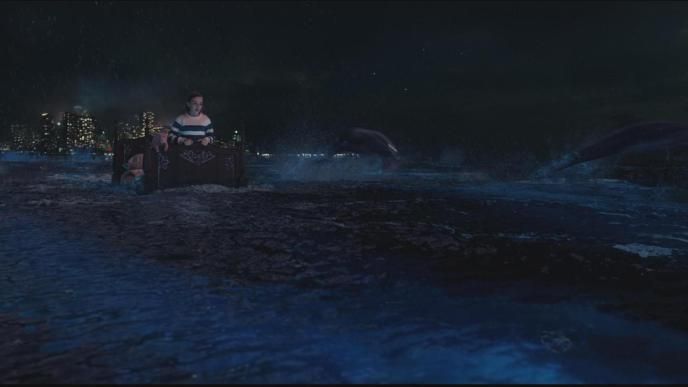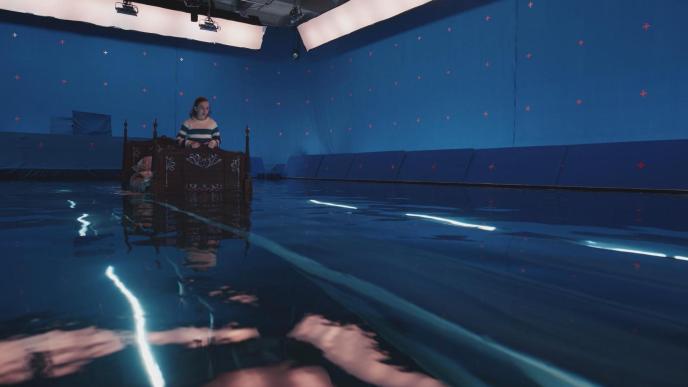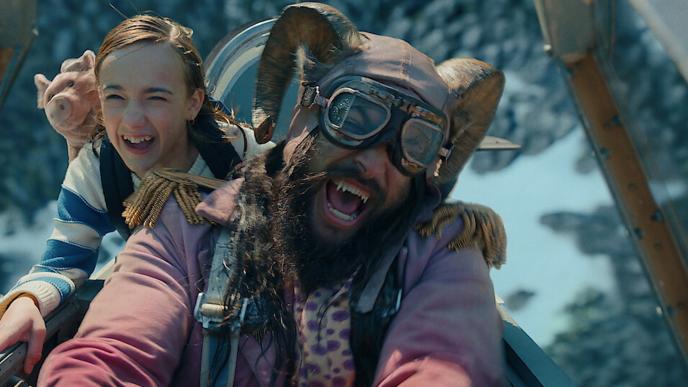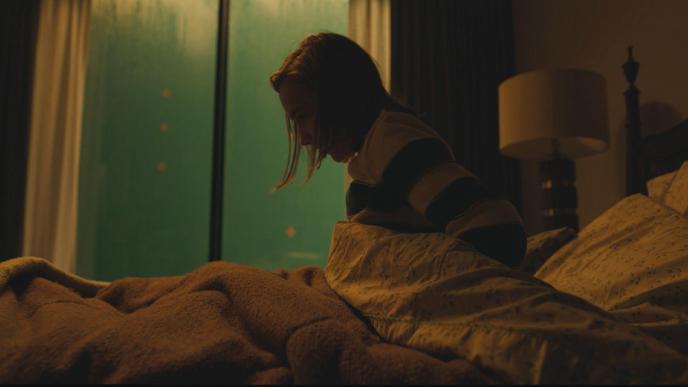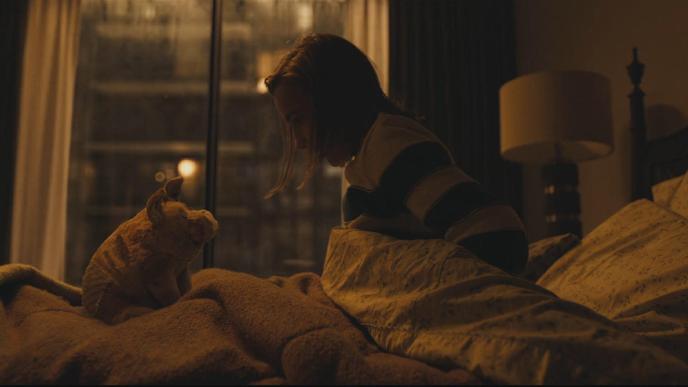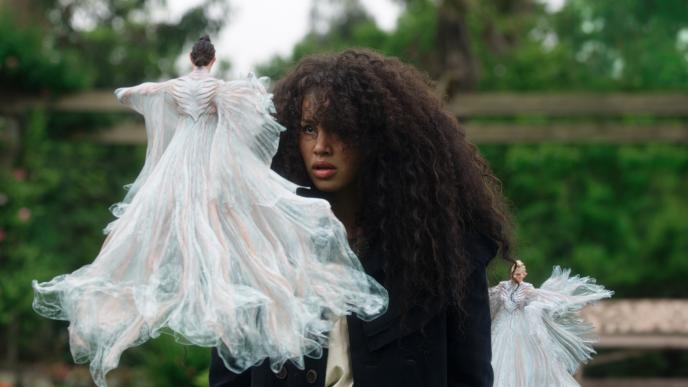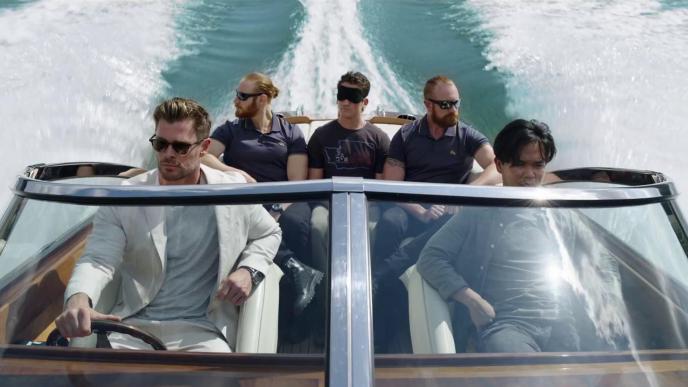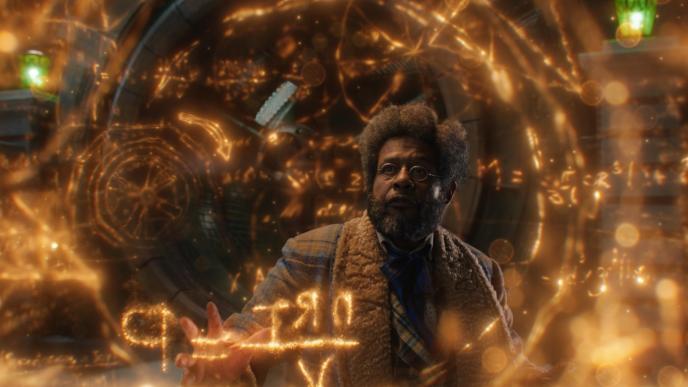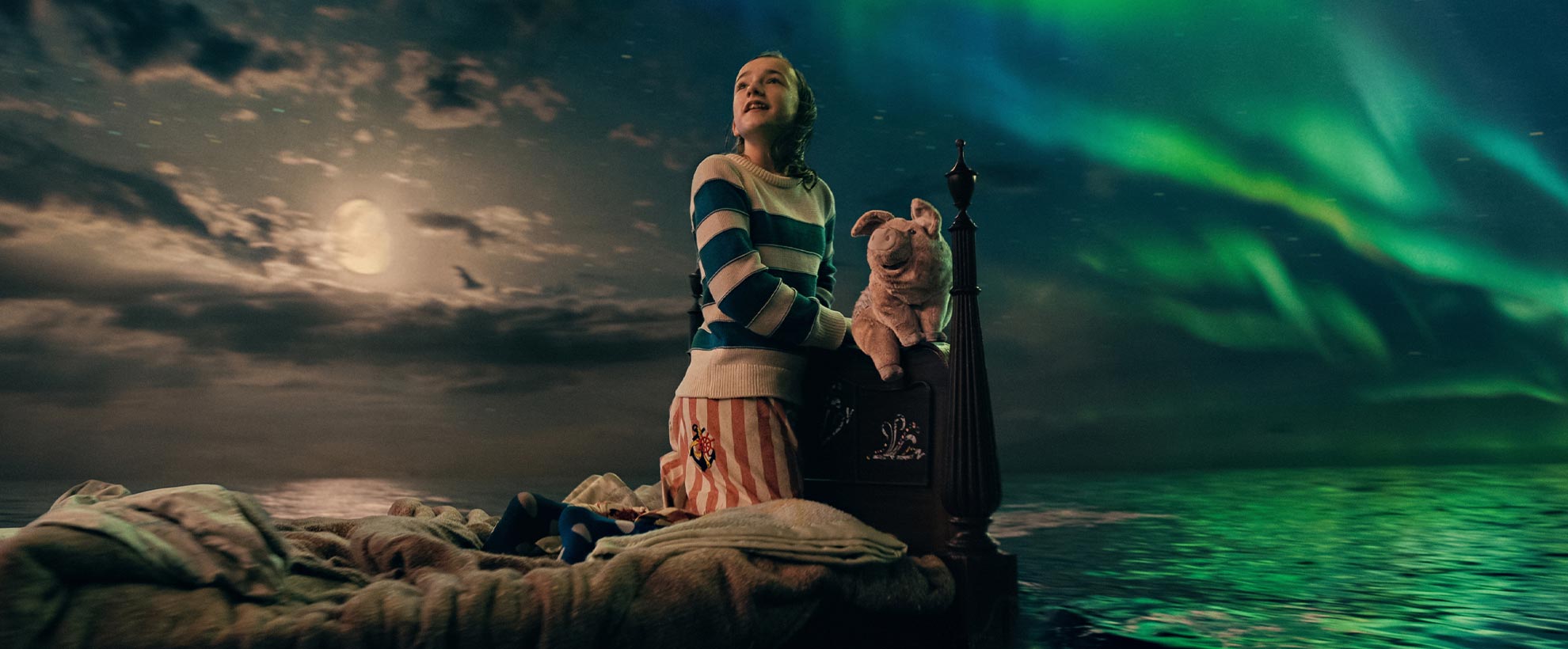
Slumberland
From stuffed pigs and giant geese to walking beds and sumptuous, surrealistic environments, Francis Lawrence's fantasy adventure Slumberland demanded a VFX dream team, and Framestore was proud to bring its world-class VFX and previsualisation skills to the project.
Based on Winsor McCay’s Little Nemo in Slumberland comic strip, the film follows the adventure of a young girl, Nemo (Marlow Barkley), who discovers a secret map to the dreamworld of Slumberland. With the help of eccentric outlaw Flip (Jason Momoa), she traverses dreams and flees nightmares while searching for her late father.
Framestore’s teams in Montréal and Mumbai delivered some 200+ stunning VFX shots, as well as previs for the film, which is streaming on Netflix.
Dream Pig
Nemo’s constant companion throughout the film’s intimate, emotionally-driven adventure is Pig: a careworn stuffed toy by day, a curious, charismatic living stuffed toy come dreamtime. This character plays a key role since he serves as a bridge between the real world and the world of Slumberland.
Crafting an emotionally nuanced character with the right balance between believability and expressiveness was particularly important given the character’s role in helping audiences understand Nemo’s own emotions as the tale unfolds. “Unlocking Pig’s personality was one of the main artistic and technical challenges of the film,” says VFX Supervisor João Sita. “Francis [Lawrence] wanted Pig to move like a quadruped rather than a toy, so we arrived at this charmingly clumsy middle-ground that’s part-way between the two. As such he’s prone to stumbling, falling and generally biting off more than he can chew - there’s a lot of humour in his performance, and our animators really leaned into giving him his own distinctive personality.”
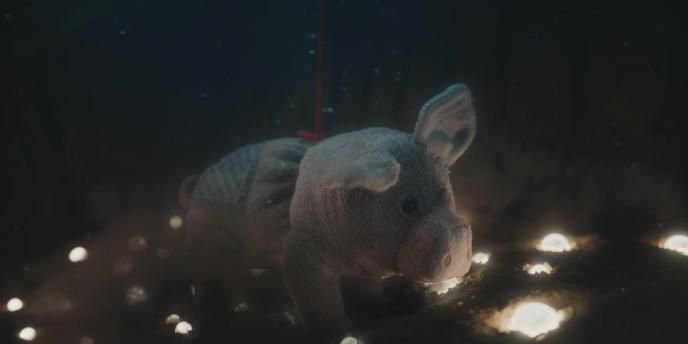
Despite his diminutive stature Pig plays a central role in bringing humour, emotion and personality to the scenes, and the team knew that the subtlety brought to the character animation was key to create a compelling performance. “If you watch carefully, you’ll see that there’s nuance and purpose in every frame Pig appears in,” says Sita. “He’s never static or idly milling around while the story unfolds around him: he’s present for every moment, and very much a part of what’s going on.”
The team worked extensively on the expressive performance because it was a crucial element to Pig’s believability as a character - no mean feat for a creature whose eyes are buttons. “For the facial animation we started by looking into all the features that could be animated such as eyebrows, cheeks and snout,” says animation supervisor Fernando Lopes Herrera. “What we ended up with, though, was an overall expression that relied less on the full rig and more on the subtle changes that were closer to the real stuffy being manipulated. This helped us deliver a strong sense of character without overperforming.”
On set, physical stuffies were used for various scenes while Pig is not ‘alive’, as well as placed as references in the shots to be replaced by his CG counterpart.
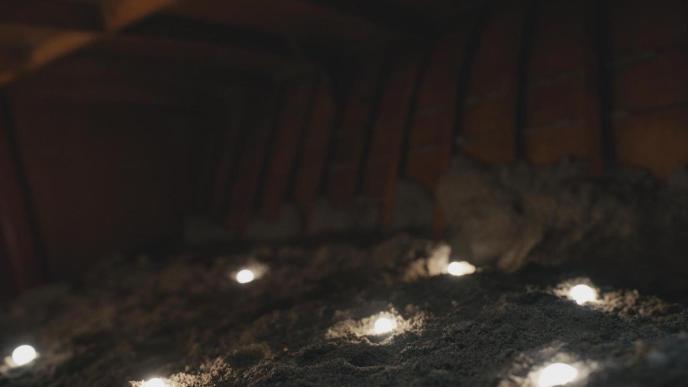
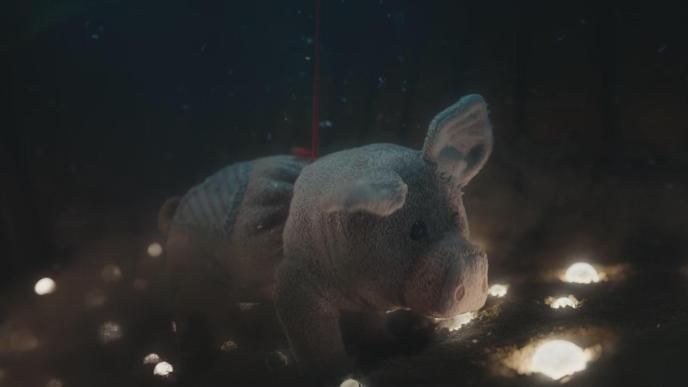
Got your goose
For a Montréal-based team, crafting the perfect digital Canada goose was a matter of pride - but it was not without its challenges when the creatures were scaled up so that Nemo and Flip could ride them. “Being seen so up close meant there was absolutely nowhere to hide,” says Sita. “We had to show the structure of the feathers in incredible detail - natural forms that we’re all extremely familiar with but aren’t necessarily used to seeing at this size. Add to this the need for realistic character integration and you have a dual challenge: finding something that looks great artistically but feels as true to life as it can be despite the obvious surreality of the scene.”
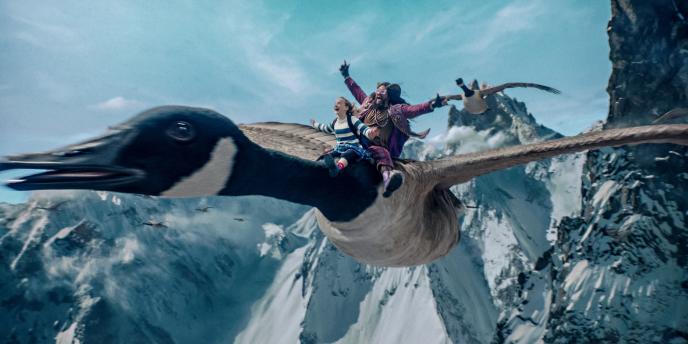
The Goose character was meticulously built, based on photographic reference with modifications made to the model to suit the giant scale needed for the shots. The feather dynamics were a major technical challenge when creating the asset. The team had to make sure the level of detail on the groom and texture were consistent and balanced, and would keep the same detail fidelity once scaled up in the shots, especially for close-ups.
We adopted a pragmatic methodology where we tested our assets early on in the process in shots to verify that the level of detail between each of the assets to be assembled worked well.
Another challenge was to create a believable interaction between the actors and the CG goose while keeping as much of the plate as possible. On set, the actors were sitting on a mechanical goose buck, and Framestore's team used a 2.5D workflow to track the mechanical goose and the digi double to determine the spatial relationship between the on-set capture elements and the camera. “Through this interactive constraint relationship between CG and plate, the animators were able to visualise what they are working with, which then allows them to deliver a convincing performance,' explains Hamon.
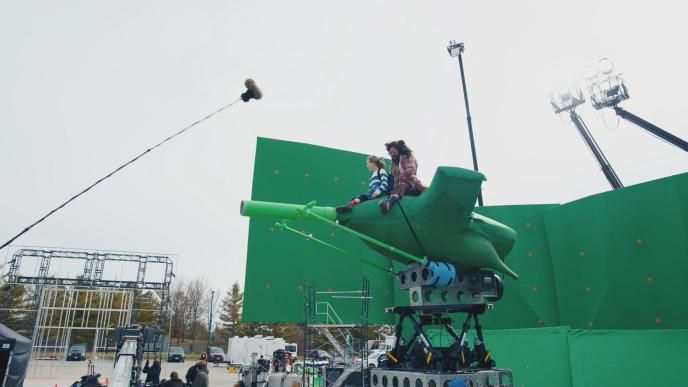
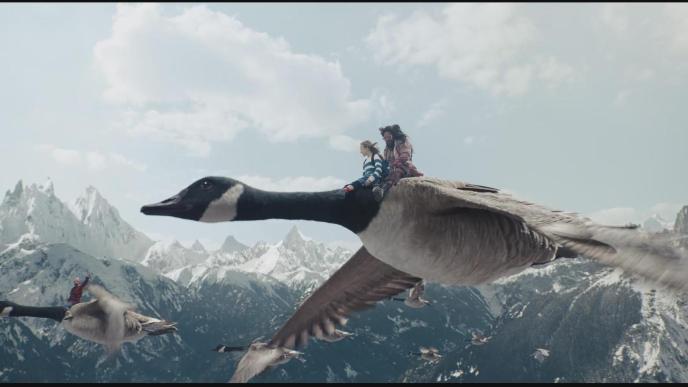
Framestore’s CFX and animation teams worked closely together on the creature simulation to perfect the interactions between feathers and with the Nemo and Flip digidoubles, as well as flight speed and motion perception simulations necessary to convey a realistic sense of speed and motion. “We pushed our in house grooming and feather simulation toolsets to their limits to achieve the right mix of accuracy and details in our geese plumage,” says Hamon. “This allowed us to develop improved methodologies and creative solutions."
Walking bed
Framestore was initially tasked to previs the walking bed sequence, in which Nemo's bed sprouts long, insectile legs before leading her into Slumberland. In terms of previs, the starting point was to plot a journey for the bed which travels from a modern downtown apartment, through the city, over to the harbour and into the ocean as it makes its way towards a Lighthouse. “This journey drove a rapid, roughed-out 3D environment build which enabled the Shot Creators to begin chess piecing characters and camera blocking shots,” explains Visualisation Supervisor Jon Allen.
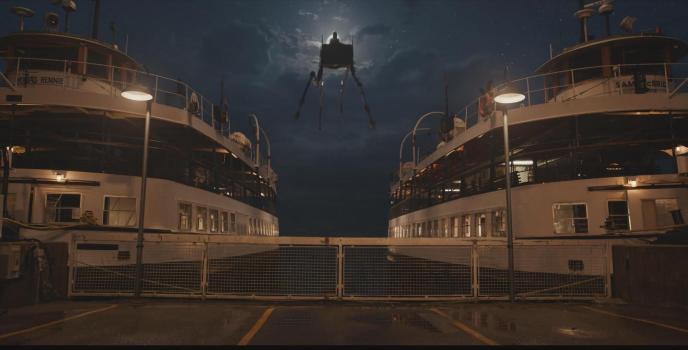
In parallel to developing the environment and the overall previs look and lighting, the team worked on the physiology of the bed: how it comes to life and, more generally, how it moves and walks. This had to be conceived well in advance state of the shoot, in order to inform the team driving the motion base. Once the motion studies had advanced, more nuanced animation was introduced to the shot blocking scenes and blocking cameras adjusted for the updated action.
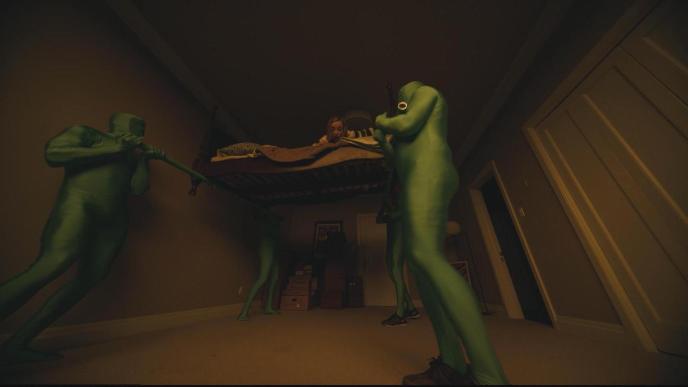
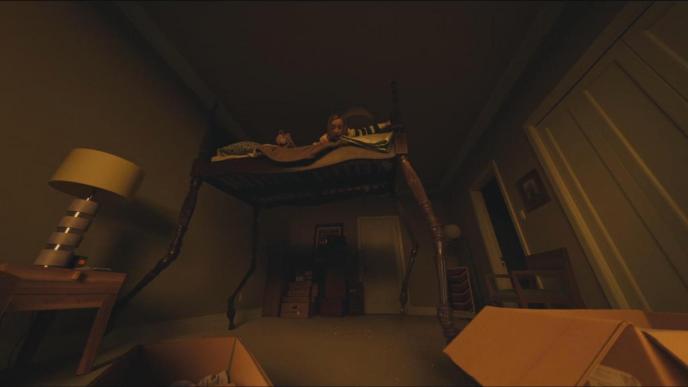
This was gratifying to work on since we had done previz, post-viz and then the final work. A highlight for me was the smaller sequence of shots with the bed navigating the ocean as it is followed by a pod of dolphins, which ended up looking super neat.
